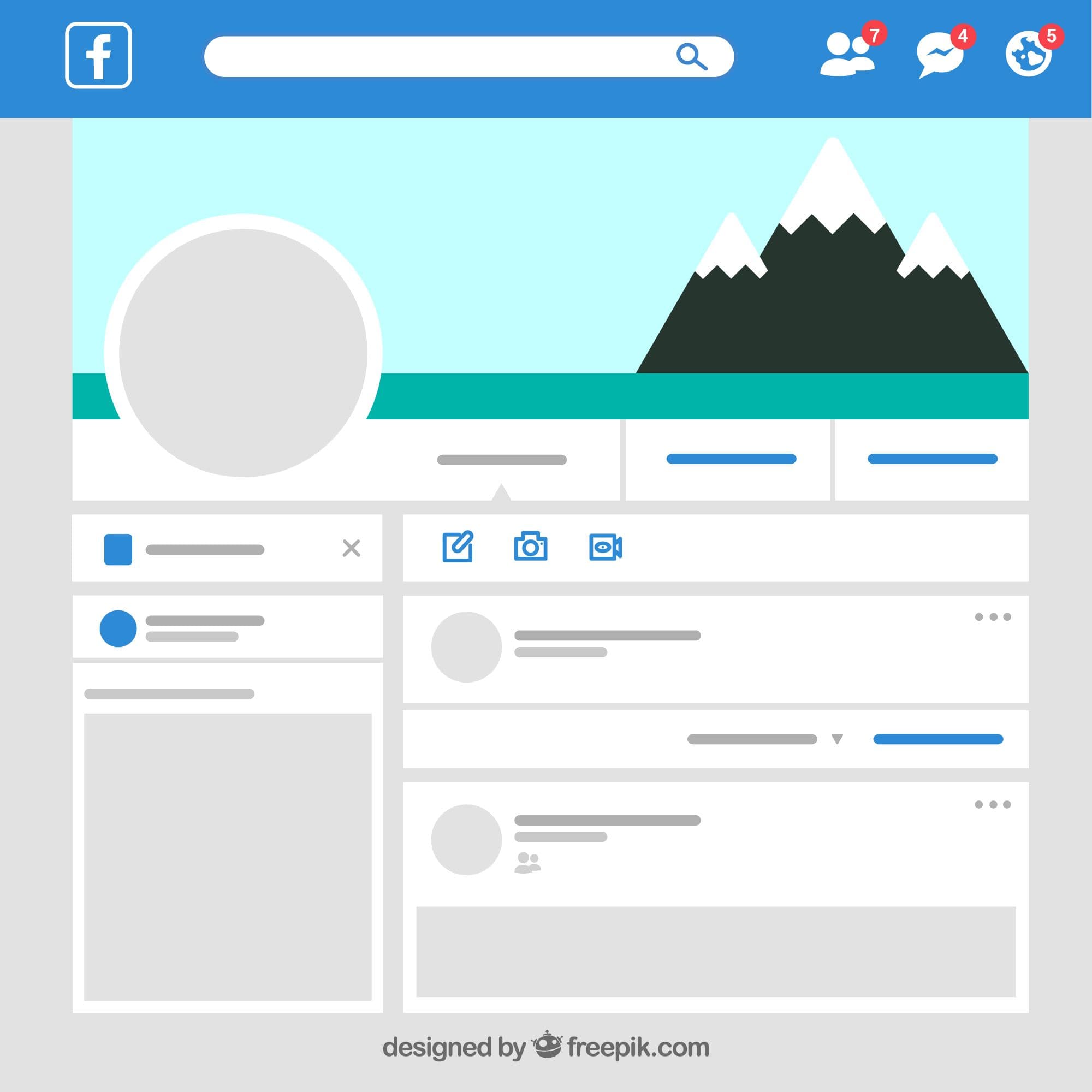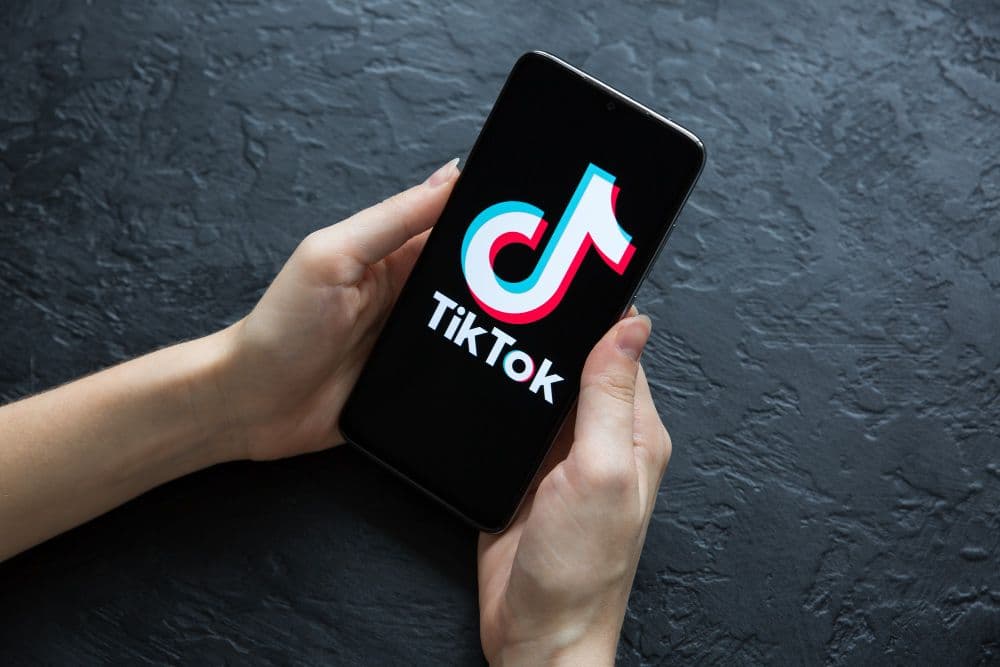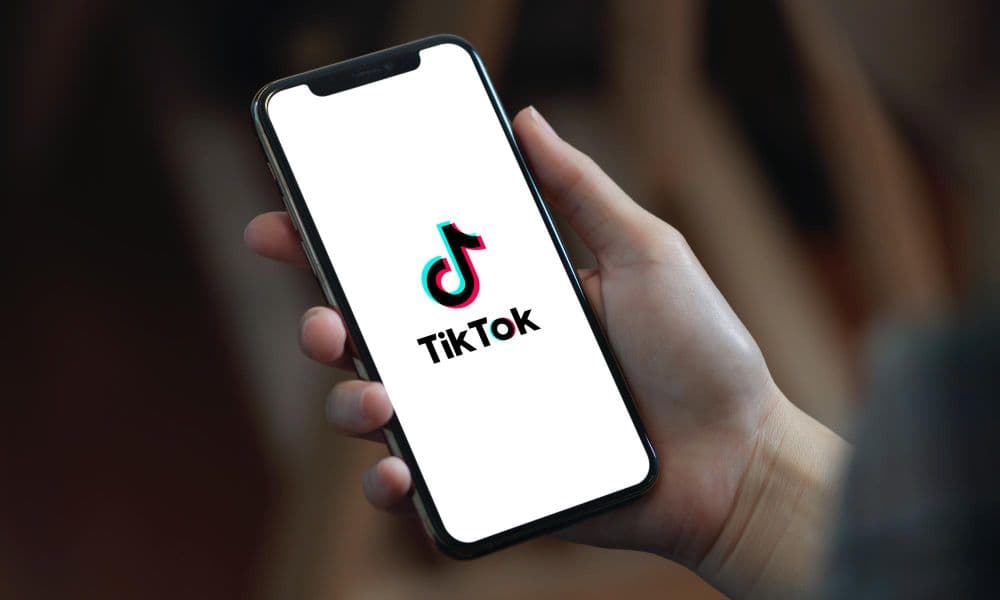

Facebook may be old-school, but it’s still a marketing powerhouse. In this guide, we break down how to craft a smart Facebook marketing strategy that actually drives engagement, boosts reach, and helps your brand stay relevant in 2025.
Let’s be honest — Facebook might not be the shiny new platform anymore, but it’s still the world’s largest social media network, with over 3 billion monthly users. That’s more than Instagram, TikTok, and X combined. So if you’re skipping Facebook marketing in 2025, you’re leaving a huge slice of opportunity (and audience) untapped.
But what actually works now? Between algorithm changes, ad costs, and content fatigue, brands need a smarter, audience-first Facebook marketing strategy — not just random posts hoping for likes.
This guide breaks down how to plan, create, and optimize your marketing strategy on Facebook — whether you’re a small business, e-commerce brand, or a creator building your community.
A Facebook marketing strategy is a structured plan for how your brand uses Facebook to attract, engage, and convert your target audience.
It includes everything from what you post and when, to how you run ads, engage followers, and track performance.
In short: It’s not just about being active — it’s about being strategic.
Your strategy should cover both organic marketing (free posts, stories, videos, and engagement) and paid marketing (Facebook Ads, boosted posts, and campaigns). When these two work together, Facebook becomes not just a social platform, but a real revenue engine.

You might think Facebook is only for your uncle’s vacation photos or local community groups — but that’s far from true.
Here’s why brands still invest heavily in marketing strategies for Facebook:
In short: if you pair creativity with analytics, Facebook is still a goldmine for marketers in 2025.
Let’s break down your marketing strategy in Facebook into actionable steps — from setup to success.
Every winning strategy starts with clear objectives. What do you want from Facebook?
Examples:
Pro tip: Align your goals with Facebook’s campaign objectives (Awareness, Consideration, or Conversion) so your ads and analytics stay connected to outcomes.
This is where most brands get lazy — and lose. You need to know who your followers are, what they care about, and how they interact on Facebook.
Use:
Example: A Mumbai-based restaurant targeting families (ages 25–50) will post family meal deals and weekend events, not meme-heavy content. Meanwhile, a youth fashion brand will lean into visuals, Reels, and influencer collabs.
Your Page is your brand’s storefront on Facebook. Make it count.
Checklist:
High-quality profile and cover photos
Engaging “About” section with keywords
Branded username (like @yourbrandname)
Updated CTA button (Shop Now, Learn More, Contact Us)
Pinned post highlighting your core offer or story
Remember: a polished Page builds trust before your first ad even runs.

Organic reach may have dropped, but it’s not dead. You just have to post smarter.
Here’s what works in 2025:
Pro tip: Use a content calendar to plan ahead — balance promotional posts with educational, entertaining, and community-driven content.
Paid promotion is no longer optional — but it’s only effective when done strategically.
Types of Facebook Ads:
Use Facebook Ads Manager (not just boosted posts) to:
Pro tip: Start small with A/B testing before scaling. A ₹500–₹1000 test budget can reveal which ads actually convert.
Timing can make or break engagement. According to Hootsuite, the best time to post on Facebook in 2025 is between 8 a.m. and 12 p.m. on Tuesdays and Thursdays — though your audience may vary.
Use Turrboo or Meta’s native scheduler to post when your followers are most active. (If you want a deep dive, check out our full guide on Best Times to Post on Social Media in 2025).
Don’t post blindly — analyze everything.
Key metrics to track:
Tools to use:
If your CTR is high but conversions are low, your ad creative is good — but your landing page needs work.

Since Meta owns both Facebook and Instagram, cross-posting is convenient — but it’s not copy-paste.
Modify captions for each platform.Update @tags (they don’t always carry over).Tailor visuals — what’s aesthetic on Instagram may need text on Facebook.
Think of them as cousins, not twins.
Meta keeps evolving, and your marketing strategies for Facebook should too.
Watch out for:
Early adopters always get the best reach before everyone else jumps in.
The biggest reason Facebook pages fail? Inconsistency. The algorithm rewards brands that post regularly and engage with followers.
Set realistic goals:
And don’t just post — reply, react, and converse. Facebook favors brands that behave like humans, not billboards.

Facebook in 2025 isn’t about chasing algorithms — it’s about understanding people.
Build authentic connections. Mix organic storytelling with smart ad spend. Test, learn, and adapt as Meta evolves.
If you stay consistent, analyze results, and truly serve your audience, your marketing strategy in Facebook can become one of your strongest business growth channels — even in 2025.
A Facebook marketing strategy is a detailed plan for how your business uses Facebook to reach, engage, and convert your target audience. It includes both organic tactics (like posts, stories, and videos) and paid methods (like ads and boosted posts) designed to grow your visibility, brand awareness, and sales.
Yes, absolutely. With over 3 billion active users, Facebook remains one of the most powerful social media platforms for businesses. It offers unmatched targeting options, strong ad performance, and integrated tools through Meta, making it ideal for building brand trust and driving conversions.
Start by defining your goals, understanding your audience, and optimizing your Facebook Page. Then, plan a balanced mix of organic and paid content, post consistently at the best times, and monitor results through analytics. Adjust your approach based on what drives the most engagement and conversions.
In 2025, short-form videos (Reels), carousels, and authentic behind-the-scenes posts perform best. Facebook users respond well to visual, story-driven, and community-oriented content. Combine educational, entertaining, and promotional posts for the best engagement.
A boosted post is an existing organic post that you pay to promote to a wider audience. A Facebook ad, on the other hand, is created through Ads Manager, offering more targeting, budgeting, and creative options. For long-term results, most marketers use a mix of both in their Facebook strategy.

The TikTok algorithm is the engine behind every For You Page. In this guide, we break down how it works in 2025, why it’s so effective at predicting what you’ll like, and practical tips to boost your visibility and grow your views.


